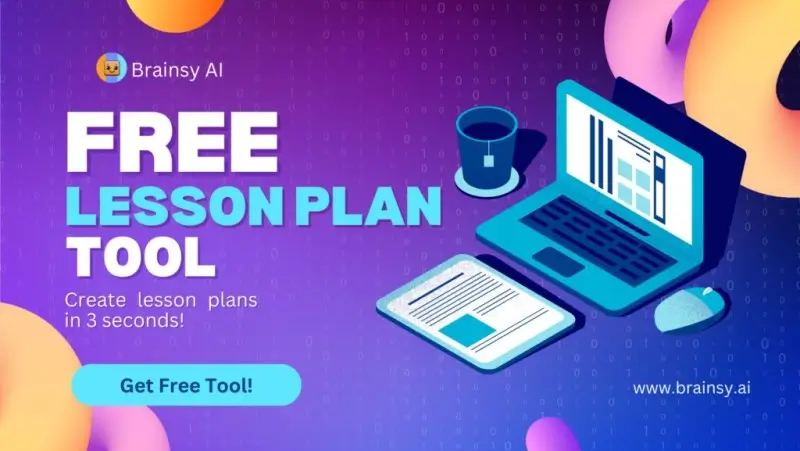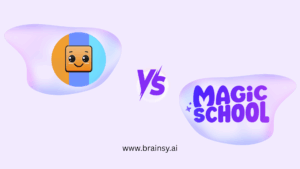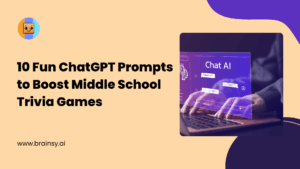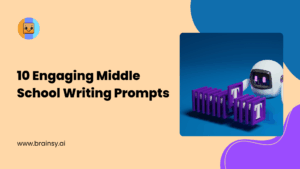
There are so many tools to teach reading strategies to struggling readers. In today’s information-rich world, mastering effective reading strategies is essential to unlock the vast potential of knowledge in books, documents, and digital content. From enhancing comprehension to improving retention, the right strategies can elevate reading from a passive activity to an active, enriching experience. In this article, we’ll delve into how to read books effectively, offering reading tips and techniques to help individuals become better readers, read more efficiently, and ultimately, how to read better for success.
Introduction to Reading Strategies
Reading is a fundamental skill, foundational to learning and understanding across disciplines. Yet, for many, it remains a challenging task, not for lack of ability, but for want of effective strategies. What are reading strategies? They are the approaches and techniques that readers employ to make sense of written texts, going beyond just decoding words to understanding and integrating knowledge. The journey towards becoming an adept reader necessitates a conscious effort to develop and refine these reading skills and strategies, turning the act of reading into a more productive and enjoyable endeavor.
Importance of Effective Reading Strategies
The significance of effective reading strategies cannot be overstated. They are the linchpins that facilitate the transition from reading words to comprehending, analyzing, and applying information. Without them, readers may find themselves lost in a sea of text, unable to grasp the underlying messages or make connections with their existing knowledge. Effective reading strategies, including different reading strategies and literacy strategies for reading, empower us to navigate complex materials, enhance our learning efficiency, and foster a lifelong love for reading.
Different Types of Reading Strategies
Reading strategies can be broadly categorized into several types, each serving a distinct purpose in the reading process. Skimming and scanning are strategies used for quickly identifying the main ideas or specific information in a text. Summarizing and questioning are strategies that encourage engagement with the content, facilitating deeper understanding. Inferencing and visualizing help readers connect with the material on a more personal level, enhancing retention and enjoyment. Recognizing and employing these varied strategies, including skimming and summarizing, allows readers to approach texts with flexibility, adapting their reading method to suit their immediate goals and needs.
Key Reading Comprehension Strategies
At the heart of effective reading are comprehension strategies that enable readers to extract meaning from text, integrating new information with what they already know. Predicting, connecting, questioning, and summarizing are among the key strategies that enhance comprehension. By predicting, readers actively engage with the text, anticipating what will come next. Connecting allows readers to relate the material to their own experiences, making it more relevant and memorable. Questioning deepens understanding by encouraging critical thinking while summarizing helps consolidate the information learned.
Close Reading Strategies for Deeper Understanding
Close reading strategies involve a careful, focused analysis of a text, paying attention to details such as word choice, structure, and underlying themes. This approach encourages readers to delve deeper into the text, uncovering layers of meaning that might not be immediately apparent. Annotating, looking for patterns, and examining the author’s purpose are all close reading strategies that can enrich the reading experience. By applying these strategies, readers can develop a more nuanced understanding of the text, appreciating its complexity and craftsmanship.
Active Reading Strategies to Enhance Engagement
Active reading strategies are designed to keep readers engaged with the text, turning reading into a dynamic, interactive process. These strategies include asking questions, making predictions, and summarizing as you read. By actively participating in the reading process, readers are more likely to stay focused, retain information, and enjoy the material. Active reading transforms the act of reading from a passive reception of information to an active, constructive process.
Reading Strategies for Different Types of Content
The strategies one employs can vary significantly depending on the type of content being read. Fiction, with its emphasis on narrative and character, invites strategies like visualizing and empathizing, allowing readers to immerse themselves in the story. Non-fiction, on the other hand, often requires strategies like summarizing and questioning to distill and evaluate the information presented. Academic texts may necessitate close reading and annotating to grasp complex concepts and arguments. Recognizing how reading strategies differ across content types, including narrative and expository text, can enhance both comprehension and enjoyment.
Science-Backed Reading Strategies for Optimal Learning
Research in cognitive science has shed light on reading strategies that optimize learning. Spaced repetition, for example, involves revisiting material at increasing intervals, which has been shown to improve retention. Dual coding, combining verbal and visual information, enhances comprehension and recall. Interleaving, or mixing different topics or types of content, can also boost learning by helping to make connections between ideas. Employing these science-backed strategies, including spaced repetition and dual coding, can make reading a more effective and efficient means of learning.
Strategies for Reading Intervention and Support
Reading intervention strategies are crucial for supporting readers who struggle. These strategies, often tailored to the individual’s specific challenges, can include phonics instruction, guided reading, and multisensory approaches. The goal is to provide the scaffolding that struggling readers need to develop their skills and confidence. With the right support and strategies, including guided reading and multisensory approaches, every reader can make progress, overcoming obstacles to become more proficient and independent.
Comprehension Strategies for Struggling Readers
For struggling readers, comprehension strategies such as previewing the text, breaking it into manageable chunks, and employing graphic organizers play a pivotal role in enhancing understanding and engagement with the text. Additionally, focusing on vocabulary development and expanding background knowledge can lay the necessary foundation for these readers to decode new information effectively. These strategies, when combined with patience and encouragement, can significantly contribute to reading success for those who find it challenging.
Building Reading Skills and Fluency through Strategies
Developing reading skills and fluency is a journey that requires dedicated effort and the strategic use of reading strategies. Repeated reading, for example, can boost fluency by allowing readers to practice and become more familiar with the text, thereby improving reading speed. Incorporating a diverse array of texts and genres can also broaden a reader’s skill set, equipping them to handle a wide range of reading materials with ease. Over time, strategic reading practice can lead to notable enhancements in speed, accuracy, and expressive reading.
Conclusion: Mastering Reading Strategies to Help Struggling Readers
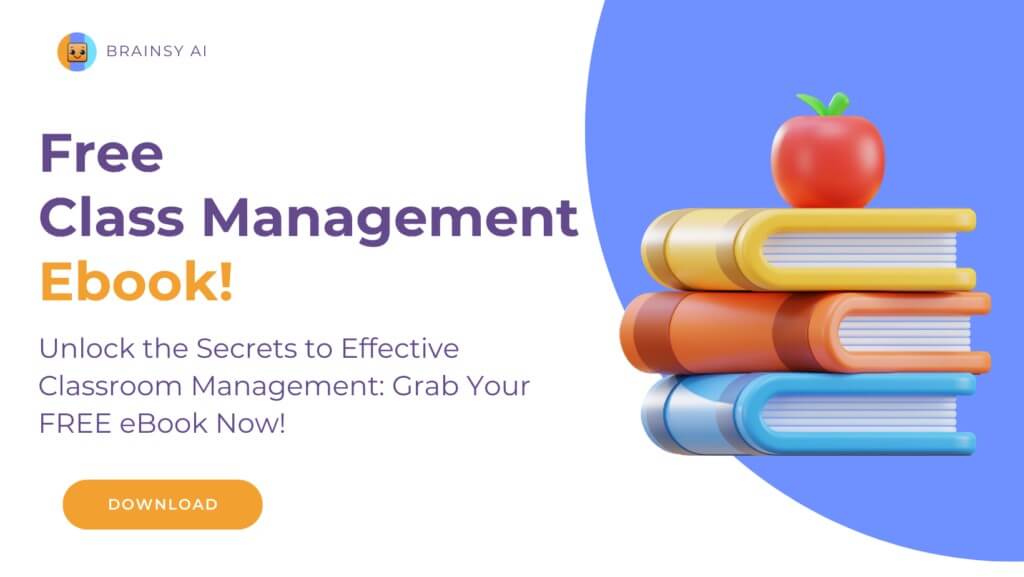
Mastering effective reading strategies is crucial for unlocking the full potential of reading. These strategies, from enhancing comprehension and engagement to supporting struggling readers, can revolutionize the reading experience. By exploring and applying a diverse array of reading strategies, individuals can become proficient readers, capable of navigating the vast world of written text. This journey not only opens the door to a wealth of knowledge, imagination, and opportunities but also underscores the importance of understanding the main idea and practicing metacognition. Embracing and mastering these reading strategies is undoubtedly a key to reading success.


